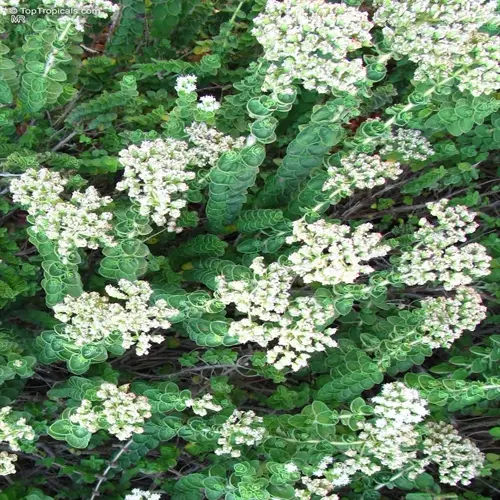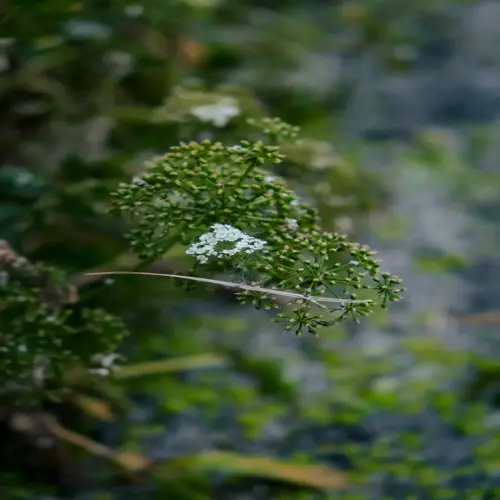Should I allow sage plants to flower?

Written by
Julia Anderson
Reviewed by
Prof. Martin Thorne, Ph.D.Whether or not to let sage flower depends on balancing the benefits of your garden and your culinary intentions. Sage in bloom attracts beneficial pollinators and adds beauty to your garden. If you pinch off the buds, you'll put that energy into more leaf growth instead. There are pros/cons to both based on your garden goals.
Pollinator Benefits
- Bees and butterflies flock to purple-blue blooms
- Increases pollination for nearby vegetables and fruits
- Extends garden biodiversity significantly
- Creates natural habitat for beneficial insects
Culinary Considerations
- Flowering causes minimal flavor change in leaves
- Cooked dishes mask any subtle differences
- Fresh salads might show slight bitterness
- Essential oil concentration remains high
Flavor changes are slight when plants flower. Expert chefs use flowering sage as usual. Aromatic oils stay concentrated in the leaves. Any off-bitterness goes away with cooking. I regularly cut flowering stems for garnishing with no issues.
You can control flowering based on your personal goals. If you want the foliage leaves to be at their maximum, pinch buds off when they are still very young. If you want the plants for their ornamental value, let some of the stems flower. Always add a few flowers for pollinators when you can! Using this option provides a salad that serves all the purposes of your garden well.
The most effective flowering management practice is timing. Pinching buds while still small and green leads to rapid recovery. Remove old or spent flowers as soon as they wilt to stop them from seeding. This may result in a relaunch later in the season. Plants respond positively to consistent care.
Keep in mind that some varieties of sage react differently when it comes to flowering. For example, pineapple sage flowers heavily and does not change its leaves significantly; common sage, on the other hand, can exhibit considerable variation. Monitor your plants closely, and then you can adjust your practices as needed. Your own observations can help you navigate your personal preferences to develop the best options for you.
Read the full article: How to Grow Sage: A Complete Beginner's Guide

